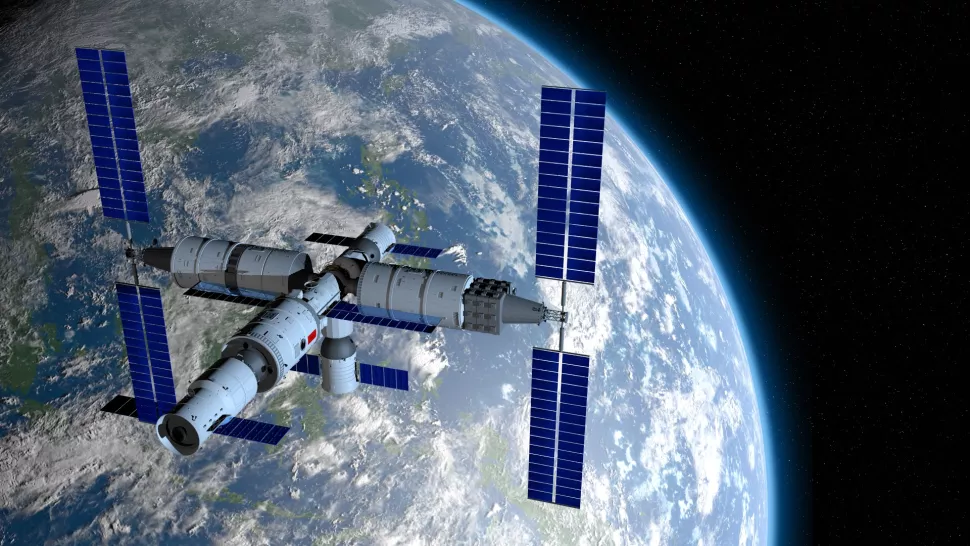spacecraft A Long March 5B rocket has returned to Earth during an uncontrolled reentry four times in the last two years.This week, after delivering its third and last module to the nascent space station, a second Chinese Long March 5B rocket is anticipated to crash down to Earth.
Researchers at the Aerospace Corporation’s Center for Orbital Debris Research and Reentry predict that the roughly 25-ton (23-ton) rocket stage, spacecraft which was launch on October 31 to deliver the Mengtian laboratory cabin module to the Tiangong space station, will re-enter the Earth’s atmosphere on Saturday, November 5 at 11:51 p.m. EDT, plus or minus 2 p.m.
Although the precise location of the missile’s landing is unknown, The Aerospace Corporation, a non-profit research organization supported by the US government, found that plausible locations for debris include the US, Central and South America, Africa, India, China, Southeast Asia, and Australia. center with a California basis.
China
has launch an errant missile four times in the last two years. In the past, plane accidents have caused lethal rocket pieces to drop close to towns in Borneo and metal items to fall over villages in Ivory Coast.
China maintains that unchecked re-entry is standard procedure and rejects worries about potential harm as “brazen propaganda.” Hua Chunying, a spokesperson for the Chinese Foreign Ministry at the time, charged Western press of prejudice and “textbook-like double standards” in their coverage of the name drop in 2021.
Chinese blaze For instance, Hua claims that Western media has aggressively reported on and utilised the wreckage from a SpaceX rocket that fell into a farm in Washington State in March 2021. employ “romantic language.” A second batch of SpaceX debris crash on an Australian sheep pasture in August 2022, a year later.
The Aerospace Company claims. The danger of harm is higher than average due to the fact that the trajectory of rocket debris includes around 88% of the world’s population
